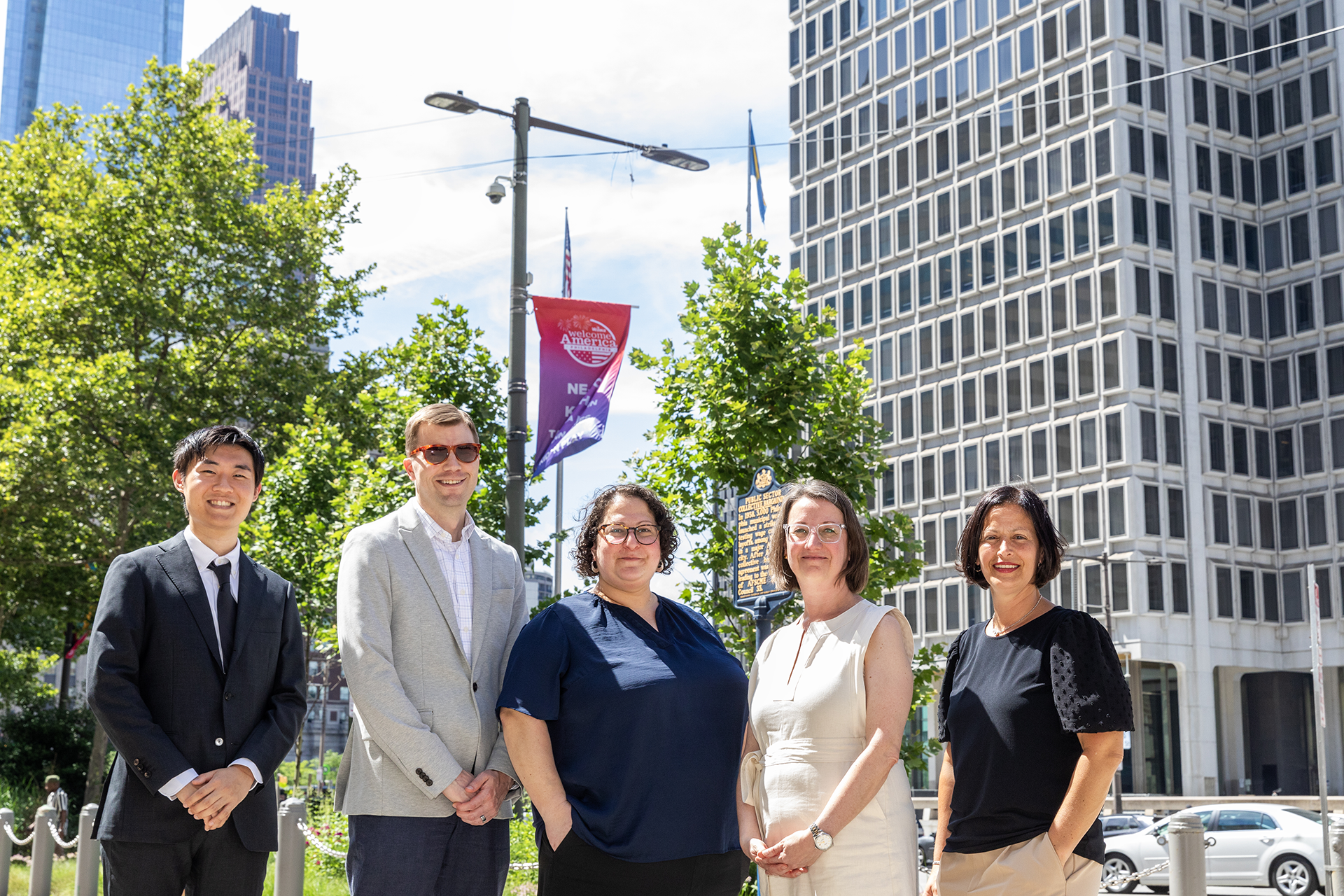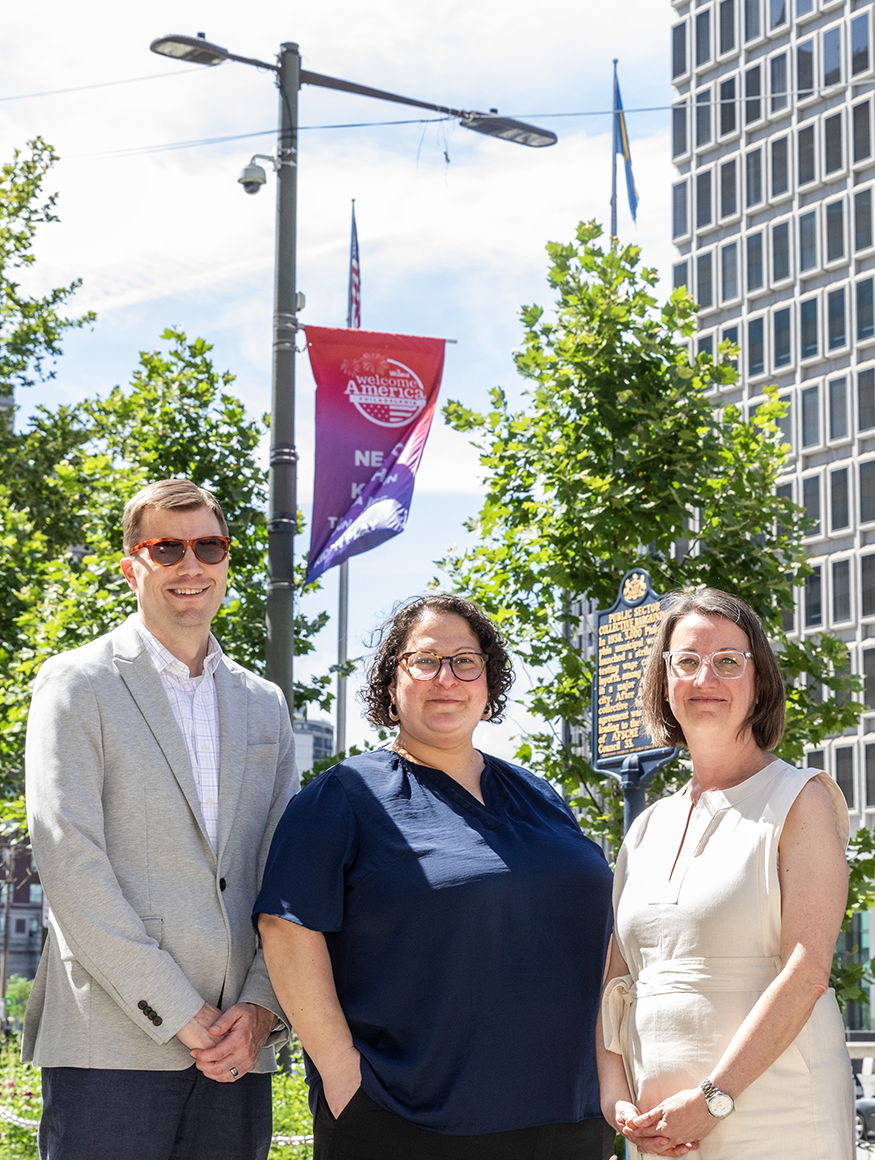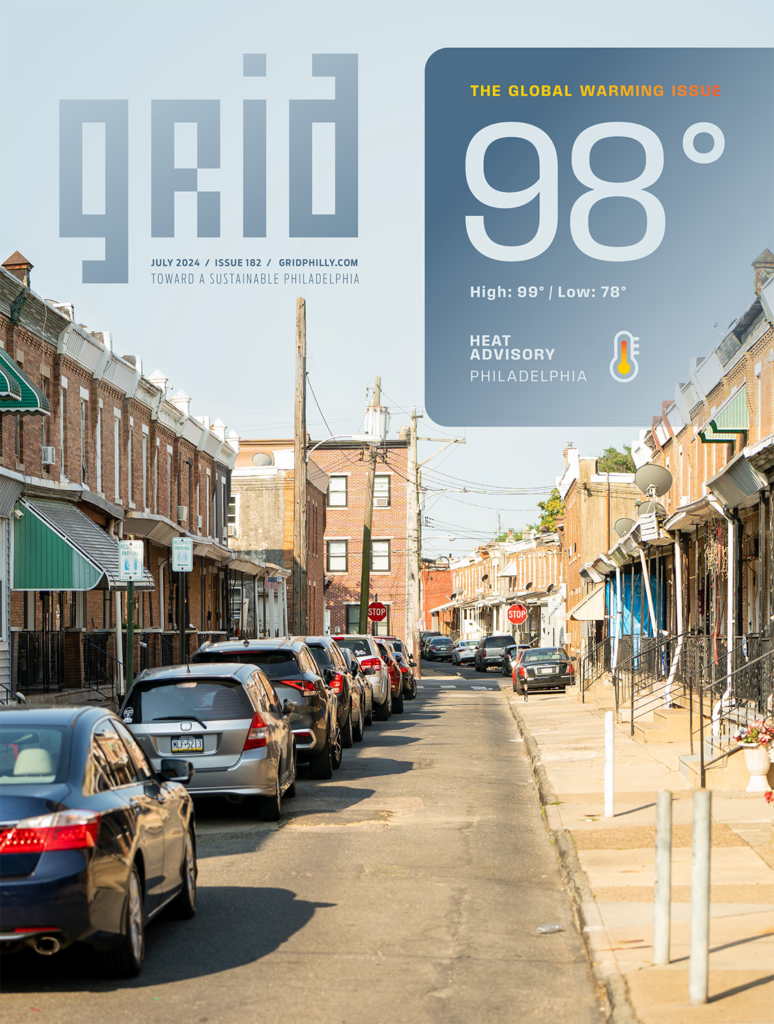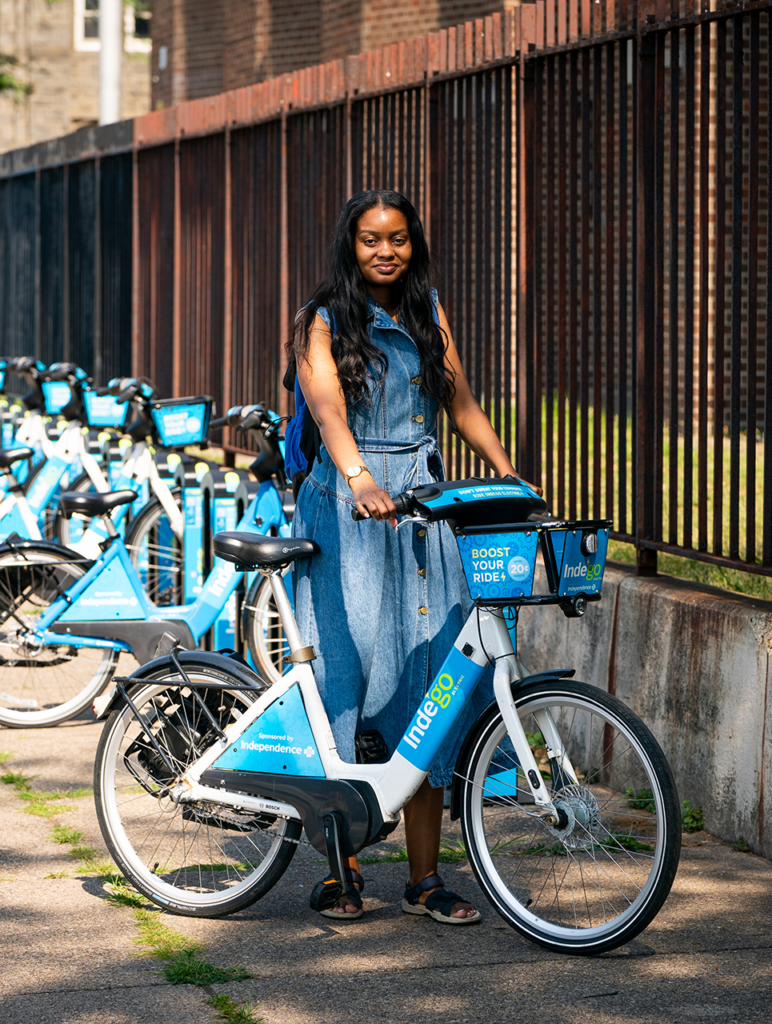It’s clearer than ever that cities must finance more green projects as the impacts of climate change intensify, but many are struggling to make progress towards their climate goals. Unsurprisingly, funding is among the biggest obstacles.
Urban sustainability overhauls — like transitioning to renewable energy sources — can be expensive up front, though they present greater long-term impacts that are more cost-saving than the status quo.
One such project is the $91 million Philadelphia Streetlight Improvement Project (PSIP), which began in August 2023. The project, which is the largest energy conservation project the City has undertaken, is set to replace approximately 130,000 streetlights with remotely-controlled LED lights over the next three years.
The major rollout of PSIP has been made possible by Philadelphia’s first sustainability bond, a financing mechanism for initiatives with a proposed environmental and social impact.
According to Emily Schapira, president and CEO of the Philadelphia Energy Authority, Philadelphia had been interested in converting streetlights to LEDs for more than 10 years before she joined the energy authority in 2016. The quasi-governmental entity is dedicated to creating a robust and equitable clean energy economy in Philadelphia; LED lights are much more energy efficient than the former sodium-based streetlight system. The City’s 2017 Municipal Energy Master Plan identified street lighting as the category of energy use with the greatest potential for greenhouse gas emissions reductions.
“This is a huge project. It took a lot of collaboration across departments and really required the Streets Department to be thoughtful about how they wanted to implement this work,” Schapira says. “They had already been converting streetlights a little bit each year through their own capital budget, but really, until we had an authority that was able to manage this, were we able to do [PSIP as a] a single project, a citywide effort.”

Cities use bonds — specifically, general municipal bonds — to finance projects all the time, such as City Hall improvements, road maintenance and library services. With a sustainability bond, the structure of a bond and its repayment mechanisms remain the same, but the “sustainability” designation introduces extra disclosure of bond financing activities, as well as accountability to specific social and environmental metrics. The higher level of accountability attracts investors interested in the project’s environmental and social returns.
Specifically with regards to the PSIP, this means that the City must report to bondholders a quantitative measure of energy saved relative to original lighting and estimates of the associated greenhouse gas emissions reductions. The City must also report to bondholders a qualitative discussion of the project’s contribution to public safety measures and the public health implications of lower greenhouse gases.
“Green bonds can only finance things that have an environmental benefit and social bonds can only finance things that have a social benefit,” says Monica Reid, CEO and founder of Kestrel ESG, a company that provides external reviews on green, social and sustainability bonds. “Sustainability bonds are bonds that are both green and social.”
It’s rare that we find the ability to do these types of projects that are this big and this ubiquitous, touching everybody, and sustainability bonds help do it.”
— Emily Schapira, Philadelphia Energy Authority
Kestrel conducted an independent review of Philadelphia’s streetlights sustainability bond.
“There are 56,000 different municipal bond issuers in the United States, and not everyone can be an expert on why this is a green bond and what’s important for investors to know,” Reid says. “So having this independent external review is a way to bring consistency to the market.”
Reid says that a bond can qualify as a green, social or sustainability bond by meeting certain criteria of best practices and principles that are organized and constantly updated by the International Capital Market Association. According to Reid, the first sustainability bonds were issued by the Commonwealth of Massachusetts back in 2013. Since then, the designation has been growing in the bonds market. A report by Kestrel found that close to 60% of all bonds issued in the municipal market could actually qualify as green, social or sustainability bonds.
“[Cities are] doing this to, number one, shine a light on the good work that they’re doing and provide extra transparency and disclosure for investors,” Reid says. “Oftentimes by issuing [sustainability] bonds and talking about the environmental benefits of the bonds, they’re actually explaining how these financed activities are leveraging larger goals the City has.”
Schapira is hopeful that sustainability bonds will continue to enable large-scale projects that advance Philadelphia’s climate goals.
“It allows us to do more of these projects — I think that’s the most exciting part of it,” Schapira says. “It really integrates the priorities of the City with the way we finance things. It’s rare that we find the ability to do these types of projects that are this big and this ubiquitous, touching everybody, and sustainability bonds help do it.”









